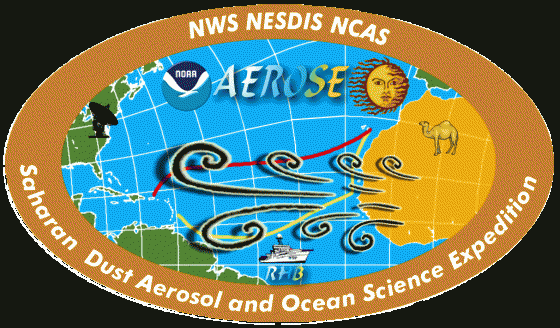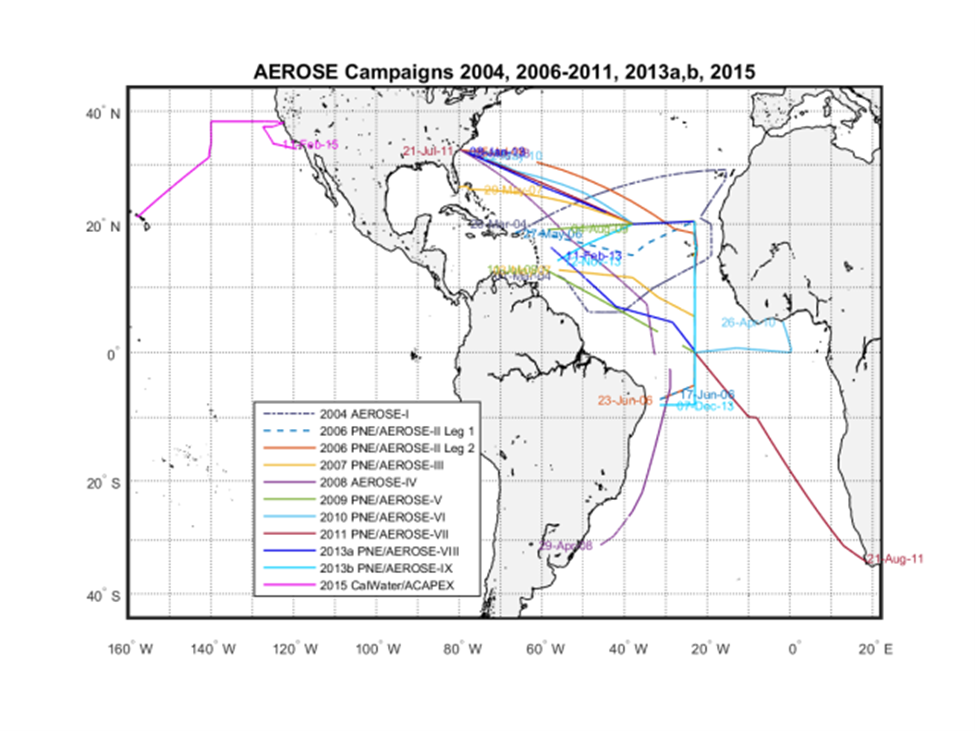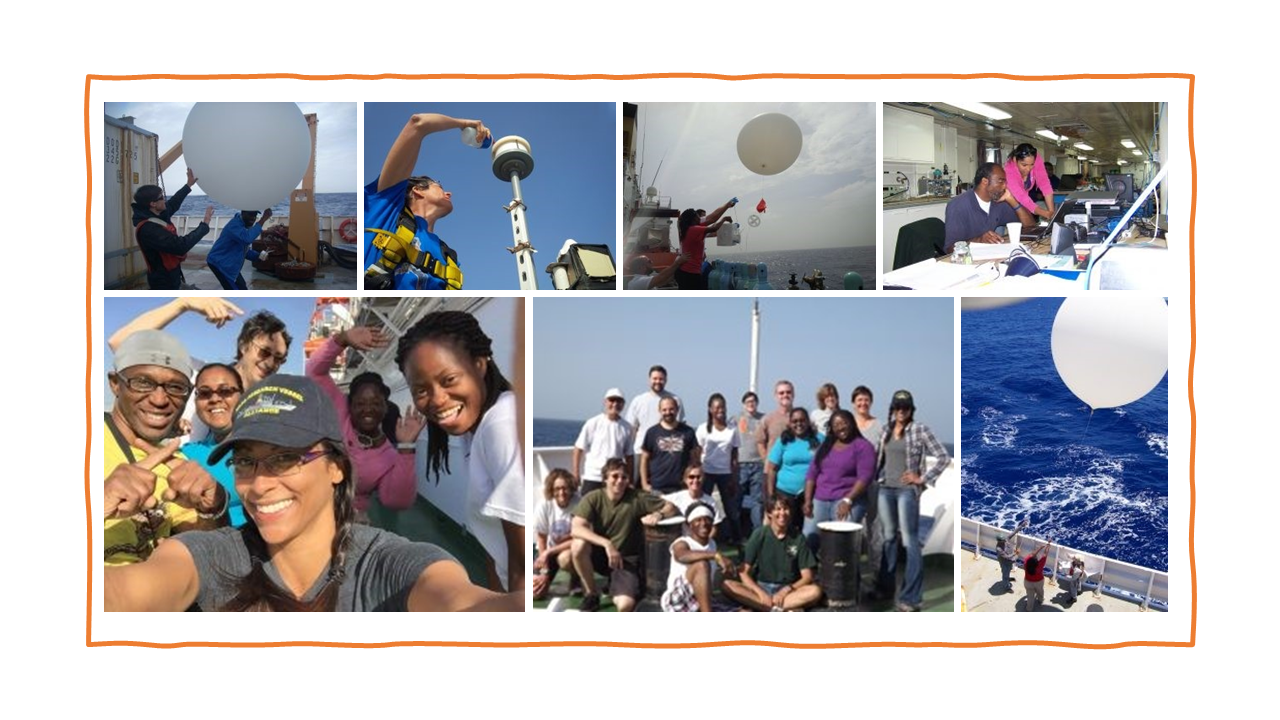
Description
AEROSE, the Saharan Dust AERosols and Ocean Science Expeditions are an internationally recognized series of trans-Atlantic field campaigns conducted onboard the NOAA Ship Ronald H. Brown designed to explore African air mass outflows and their impacts on climate, weather, and environmental health. AEROSE began with a dedicated cruise in 2004 and has been conducted annually since 2006 to generate the most comprehensive data set of complementary atmospheric and oceanographic observations aimed at characterizing the impact and microphysical evolution of Saharan dust aerosols transported across the Atlantic Ocean (Morris et al. 2006; Nalli et al. 2011). AEROSE sounding data have been used to provide independent correlative data necessary for the validation of environmental data records (EDRs) derived from the new NOAA Joint Polar Satellite System (JPSS) Cross-track Infrared Microwave Sounding Suite (CrIMSS) and Geostationary Operational Environmental Satellite (GOES-R) Advanced Baseline Imager (ABI), as well as earlier legacy systems such as the NASA Aqua Atmospheric Infrared Sounder (AIRS). The sounder validation work is unique in that the AEROSE data enable the evaluation of the radiometric impact of Saharan dust aerosols on satellite remote sensing.
AEROSE continues to support NOAA activities for the development of satellite data products, satellite validation, and sensor evaluation (Nalli et al. 2013). AEROSE aerosol microphysical measurements are also being used to validate Geophysical Fluid Dynamics Laboratory (GFDL) global chemistry and transport models and to improve the National Weather Service new operational global aerosol forecast system based on the NOAA Environmental Modeling System
Global Forecast System (NEMS/GFS).
AEROSE research is supported by a variety of cross-cutting efforts within NOAA. These include the NOAA Educational Partnership Program Grant, the Satellite Operations and Research (STAR) Satellite Meteorology and Climatology Division (SMCD), the GOES-R Algorithm Working Group, the NOAA Joint Polar Satellite System (JPSS) Office and
the NASA AIRS Science Team (2006–08). The NEMS/GFS work is performed in collaboration with NOAA scientists from the National Weather Service, the National Environmental Satellite Data and Information Service, and the Office of Oceanic and Atmospheric Research.

Photo Gallery

Publications
Contact
Dr. Ricardo Sakai (ricardo.k.sakai@howard.edu)
Dr. Vernon Morris (vernon.morris@asu.edu)
Adrian Flores (aflores@howard.edu)
